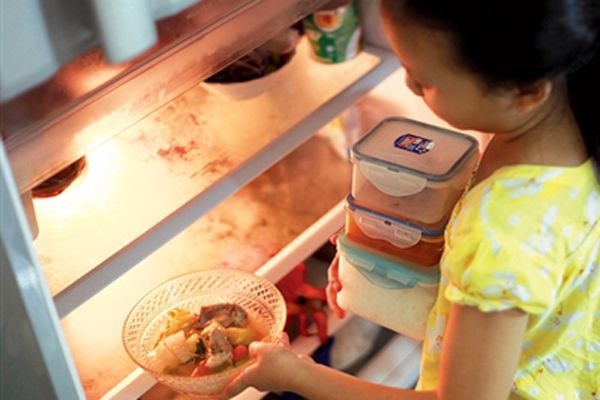Deadly habits when using plastic products
Nowadays, plastic products are very popular in the home, but if not used properly, they can be extremely harmful to your health. You should know to avoid them.
 |
| Plastic products if not used properly will be harmful to health. |
According to research, eating hot food in bowls and plates made of plastic containing melamine can be harmful to health.
In a specific study, experts found that hot temperatures increase the amount of melamine in contaminated plastics, which may increase the risk of kidney stones.
Nowadays, plastic products are very popular in the home, but if not used properly, they can be extremely harmful to your health. You should know how to avoid them!
- Use plastic containers to store hot, salty, or sour foods.
- Use plastic bags to store processed foods, especially hot foods. Many people, just for convenience, are ready to hand over the plastic bag to the seller to scoop up hot porridge, pho, noodles, or soup and then take it home to eat and drink.
- Pickling cucumbers and eggplants in cheap plastic containers. This habit is especially harmful to health.
- Like to use colorful plastic items like red, blue, orange, purple.
- Store cooking oil, fish sauce, salt, rice... in plastic containers. Reusing plastic containers many times is also harmful to health.
Why is using plastic harmful?
In chemistry, one of the catalytic conditions that accelerates the reaction process is temperature. According to scientific research, at temperatures of 70 - 800C, these additives begin to dissolve into food. Most plastic bags are produced from used bags, so toxicity is certain.
These types of bags or plastic boxes, plastic bottles, plastic bags can contain a highly toxic substance that affects the male reproductive organs, which is DOP (dioctin phthalate). If exposed to this substance for a long time, children can be affected in terms of gender, boys can be feminized, male infertility, and girls are at risk of puberty too early.
Another point to note is that almost all Vietnamese plastic products do not have clear ingredients and recommendations. Manufacturers almost decide on their own what type of plastic to use for their products. For example, foam boxes (used to store food but must be cold food, not hot rice, hot soup like we are still using...
Researchers in China have warned that people who eat breakfast with plastic dishes have 8 times higher levels of melamine contamination than those who use ceramic dishes. Melamine is an organic chemical widely used in the production of plastic products such as bowls, plates, cups, and plastic food containers.
How to identify toxic plastic
To know if plastic is toxic or not, use scissors to cut a piece of food bag, put it in the fire and observe: Non-toxic plastic is very flammable. After being pulled out of the fire, it continues to burn and has a liquid substance, without smoke. On the contrary, toxic plastic is difficult to burn, when removed from the fire it will go out completely.
When burned, it smokes and has a strange burning smell. In addition: Toxic plastic is usually heavier and sinks easily when dropped into water, while non-toxic plastic is lighter and floats easily in water. Toxic plastic feels softer to the touch, with ripples on the surface like tiny grains of sand. Non-toxic plastic feels smooth like beeswax.
According to Alobacsi.vn
